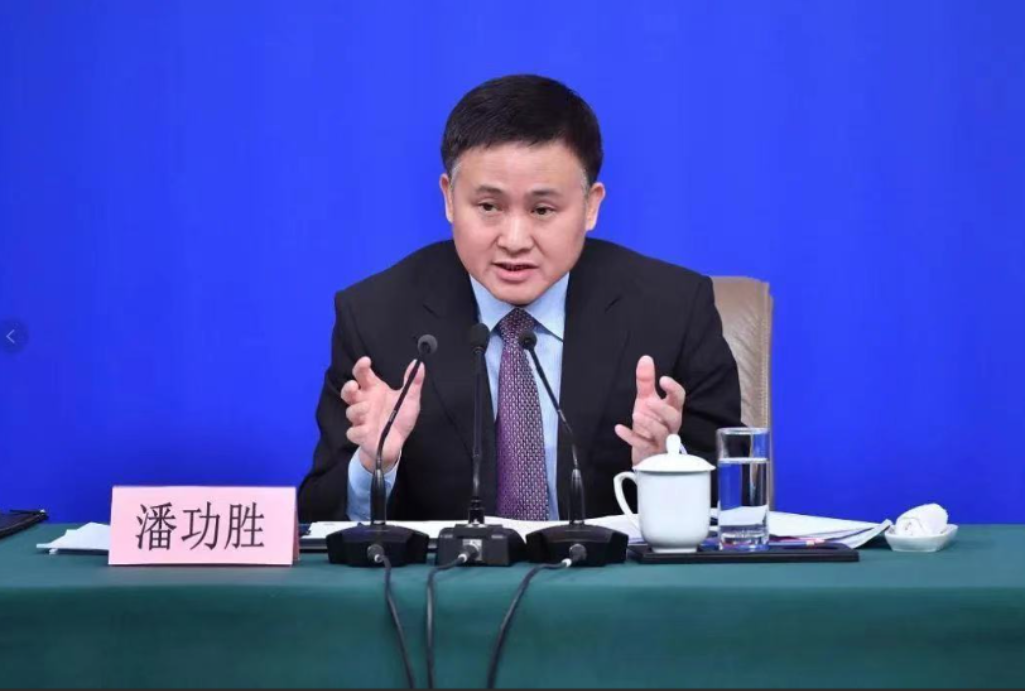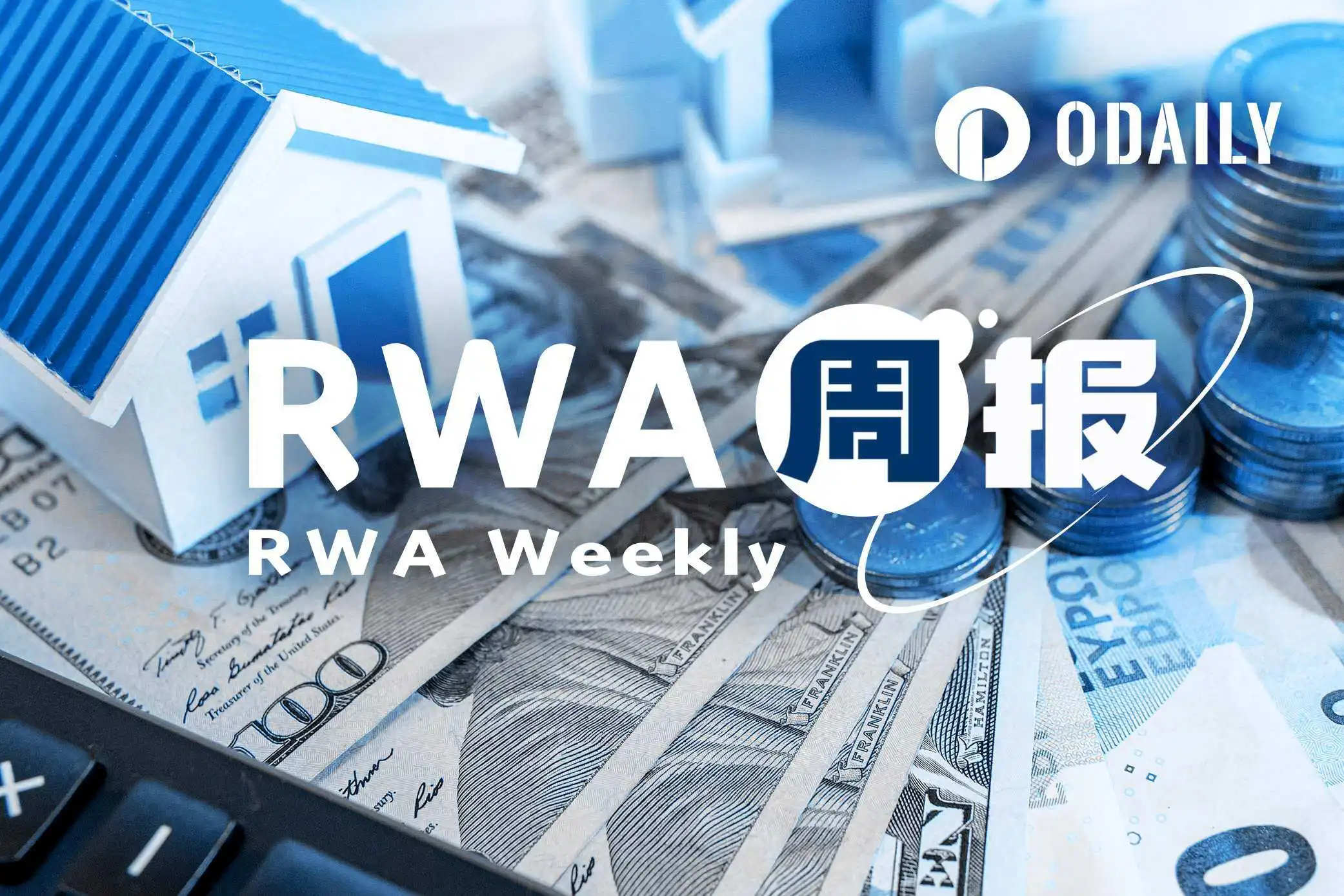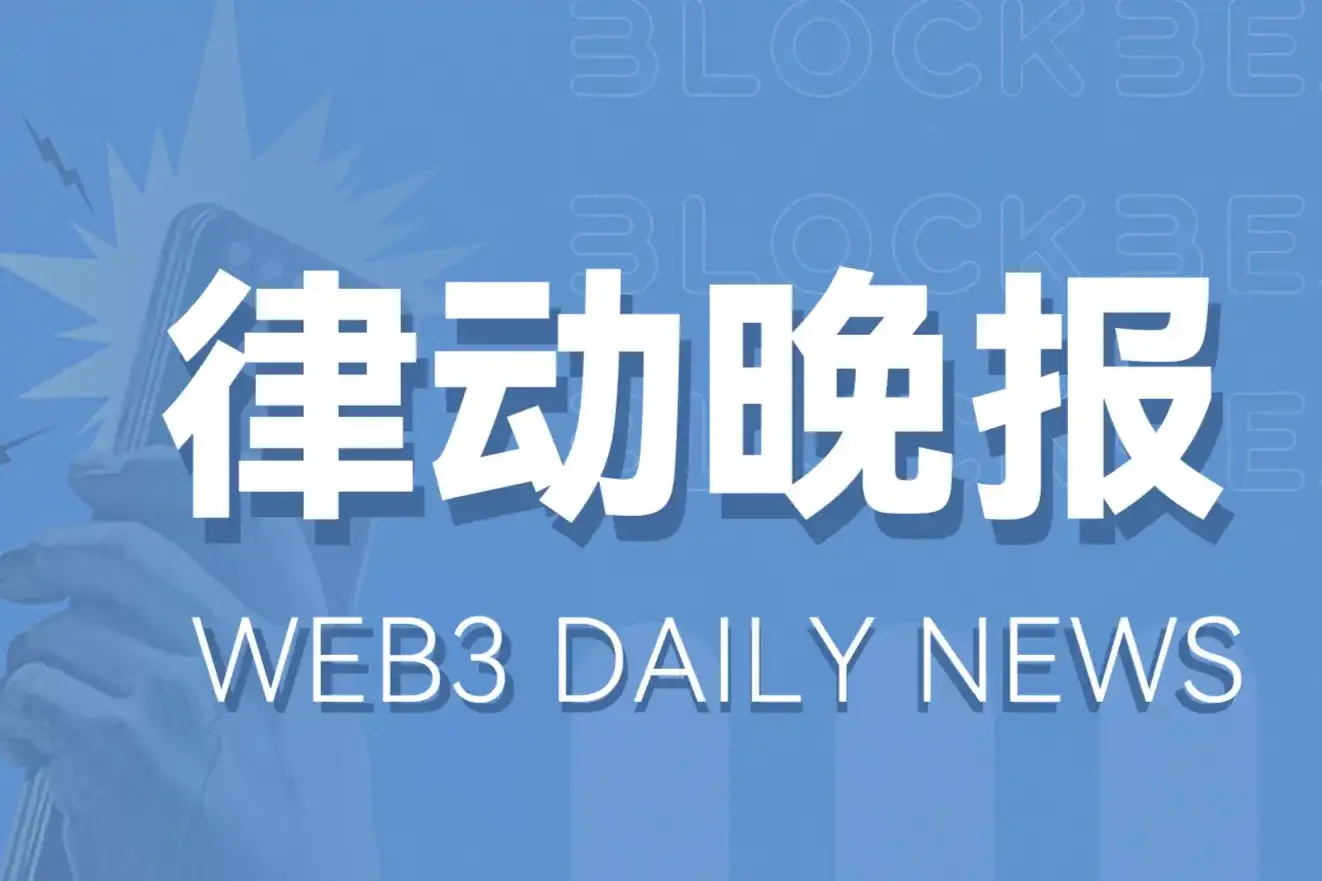Pan Gongsheng's statement at the Financial Street Forum was resolute, indicating that China's crypto market will face the harshest winter.
“The People's Bank of China will continue to work with law enforcement agencies to crack down on the operation and speculation of virtual currencies within the country.” On October 27, Pan Gongsheng, the governor of the People's Bank of China, made this remark at the 2025 Financial Street Forum Annual Conference, stirring ripples in the already quiet domestic crypto market.
Unlike previous occasions, this time Pan Gongsheng specifically pointed out that the International Monetary Fund and the World Bank's annual meetings have also made the risks of stablecoins a core topic, signaling that a global regulatory storm is forming.

1. Policy Interpretation: The Regulatory Sword is Unsheathed Again
Pan Gongsheng's speech conveyed three clear signals:
● First, existing policies will not only continue but will be intensified. He emphasized that the regulatory documents issued since 2017 “are still effective,” which means that all regulatory measures from the ICO ban to the withdrawal of trading platforms will continue to be enforced.
● Second, the scope of the crackdown is broader. The central bank clearly stated that it “will work with law enforcement agencies” to carry out actions, indicating that in the future, not only financial regulatory departments but also public security and judicial forces will be deeply involved, forming a multi-dimensional crackdown network.
● Most importantly, international regulatory cooperation is strengthening. Pan Gongsheng revealed that at the recent IMF and World Bank annual meetings, the risks of stablecoins have become the focus of discussion among finance ministers and central bank governors from various countries. This shows that China's regulatory stance is completely in line with international trends. A person close to the regulatory authorities disclosed: “This statement is by no means a routine matter, but rather paves the way for subsequent stronger law enforcement actions.”
Timeline
Policy Highlights
Market Impact
September 2017
First halt on ICOs, closure of virtual currency exchanges
Comprehensive withdrawal of domestic trading platforms
May 2021
Three associations issued warnings about the risks of virtual currency trading
Strengthened scrutiny of bank payment channels
September 2021
Ten departments jointly issued documents clarifying that virtual currency-related businesses are illegal financial activities
Comprehensive ban on services from overseas exchanges within the country
2023-2024
Continued crackdown on mining activities, cleaning up cross-border trading services
Hash power outflow, off-exchange trading becoming hidden
October 2025
Pan Gongsheng reiterates the crackdown stance, emphasizing stablecoin risks
Further curtailing disguised participation channels
Source: AiCoin整理
2. Market Impact: The Crypto Market Faces a Life-and-Death Test
● The “penetrative” nature of regulation is reshaping market risk perception. Market participants are most concerned about regulatory ‘penetration,’” said Zhang Ye, a crypto hedge fund manager, “The previous methods of evading regulation through offshore structures are becoming increasingly unfeasible. The current regulatory logic has upgraded from cleaning up domestic public platforms to comprehensive penetrative regulation of capital flows and information flows. “This means that regardless of where the trading entity or server is located, as long as the starting or ending point of the capital chain is within the country, the risk is difficult to evade.” This blockage of underlying channels is fundamentally changing the rules of the market game.
● On-chain data is also not optimistic. According to Chainalysis monitoring, the trading volume of cryptocurrencies within China has dropped to its lowest point since 2020 in the past month, decreasing by nearly 30% month-on-month. Meanwhile, the proportion of stablecoins in cross-border capital flows has risen against the trend, which is a key focus of the regulatory authorities.
● In terms of capital flow, channels for domestic funds to go abroad are being comprehensively tightened. This move is a direct response to Pan Gongsheng's statement that “we will continue to work with law enforcement agencies to crack down.” The regulatory authorities aim to build a defense line from the payment and settlement end, fundamentally compressing the survival space for virtual currency trading.
● From an industry ecology perspective, the domestic blockchain industry is undergoing a “de-crypto” transformation. More and more entrepreneurial teams are turning to alliance chains and the digital renminbi ecosystem, clearly distinguishing themselves from virtual currency speculation.
3. Perspectives: Where Will Market Participants Go?
Chen Hao, Research Director of “Blockchain Frontier,” analyzes:
● “Governor Pan's speech actually delineates a clear red line for the market—technology can be explored, but speculation will not be tolerated. This means that the domestic blockchain industry will completely bid farewell to the ‘speculative coin’ mentality and shift towards real industrial applications.”
Kevin Li, a digital asset analyst at international investment bank “Grayscale,” believes:
● “The Chinese government's stance is influencing global regulatory trends. We have noticed that regulatory agencies in multiple countries, including the U.S. SEC, are reassessing the regulatory framework for stablecoins, and a global tightening of regulations may occur in the next 6-12 months.”
The personal experience of veteran miner Wang Wei:
● “Back in 2021, we had already moved our mining operations overseas, and now this decision seems very wise. Domestic regulation has not relaxed but has instead intensified. The remaining space will only get smaller.”
4. Risk Warning: Investors Must Be Cautious of These Pitfalls
● Policy risks are escalating. Pan Gongsheng's explicit use of the term “working with law enforcement agencies” suggests that joint law enforcement actions may be taken in the future, and the scope of criminal prosecution will further expand.
● Cross-border risks cannot be ignored. As global regulatory consensus forms, the previous model of relying on offshore platforms for trading will also face challenges. Major economies are establishing regulatory information-sharing mechanisms, and cross-border capital flows will be subject to tighter scrutiny.
● The risk of technological substitution has already emerged. The rapid development of the digital renminbi is functionally forming a substitute for stablecoins. It is reported that the central bank has established an international operation center for the digital renminbi in Shanghai, and the related ecological construction is noticeably accelerating.
The table below lists the regulatory trends that investors need to pay close attention to:
Risk Area
Specific Manifestation
Impact Level
Domestic Trading
Joint crackdown by law enforcement agencies, potential criminal liability
Very High
Cross-Border Capital
Payment channels continue to tighten, a large number of OTC merchants exit
High
Stablecoins
Global regulatory tightening, limited usage scenarios
Medium-High
Information Dissemination
Related marketing, training, and media content being cleaned up
Medium
Source: AiCoin整理
5. Where is Spring After the Cold Winter?
In the coming quarters, investors should focus on two core trends:
● First is the regulatory progress on stablecoins by major economies. Especially after the IMF and World Bank annual meetings, whether the U.S., EU, Japan, and others will introduce more binding regulatory frameworks will determine the liquidity environment of the global crypto market.
● Second is the pace of the digital renminbi's advancement. The People's Bank of China has established digital renminbi operation centers in Beijing and Shanghai, and related pilot application scenarios are rapidly expanding. The digital renminbi ecosystem may become the next investment hotspot, but it must be strictly distinguished from virtual currency speculation.
● “The value of blockchain technology will not disappear due to regulation, but the development path will inevitably change.” A senior industry observer pointed out, “The future belongs to those technological innovations that can serve the real economy and meet regulatory requirements, rather than various beautifully packaged speculative games.”
Join our community to discuss and grow stronger together!
Official Telegram community: https://t.me/aicoincn
AiCoin Chinese Twitter: https://x.com/AiCoinzh
OKX Welfare Group: https://aicoin.com/link/chat?cid=l61eM4owQ
Binance Welfare Group: https://aicoin.com/link/chat?cid=ynr7d1P6Z
免责声明:本文章仅代表作者个人观点,不代表本平台的立场和观点。本文章仅供信息分享,不构成对任何人的任何投资建议。用户与作者之间的任何争议,与本平台无关。如网页中刊载的文章或图片涉及侵权,请提供相关的权利证明和身份证明发送邮件到support@aicoin.com,本平台相关工作人员将会进行核查。




